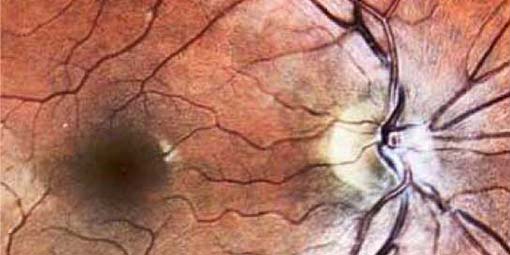Importance of Advanced Eye Exam Technologies
13-06-2025
When it comes to your eye health, advanced technologies have revolutionized the way we, as optometrists, diagnose and treat eye diseases and disorders. Digital retinal photography, Optical Coherence Tomography, Humphrey visual field analysis, and corneal topography are just a few of the advanced technologies that elevate the level of eye care you receive and increase your confidence in being able to see clearly into the future. If you have not yet experienced an eye exam with an optometrist that includes these technologies and advanced scan, it is time to schedule one. Here is why:
Early Detection of Eye Diseases
Advanced technologies can detect eye diseases in their earliest stages, even before patients experience any notable symptoms and suffer significant vision loss. For example, digital retinal photography captures a detailed image of the retina, allowing your eye doctor to detect signs of age-related macular degeneration, diabetic retinopathy, and glaucoma. Optical Coherence Tomography (OCT) produces high-resolution images of the optic nerve and retina, allowing for early detection of conditions like macular holes, macular edema, and vitreomacular traction. Humphrey visual field testing helps detect early signs of glaucoma, a condition that damages the optic nerve and can cause irreversible vision loss, and corneal topography can help diagnose and monitor ocular conditions such as keratoconus.More Accurate Diagnosis
Advanced eye care technologies provide a more accurate diagnosis of eye conditions, allowing for more precise treatment. For example, corneal topography provides detailed images of the cornea, helping our optometrists diagnose and treat corneal conditions like keratoconus, irregular astigmatism, and corneal dystrophies. Similarly, OCT helps eye doctors differentiate between wet and dry macular degeneration, which require different treatments.Personalized Treatment
Advanced diagnostic technologies allow for personalized treatment plans based on your specific eye condition. For example, digital retinal photography can provide a detailed map of the retina, allowing your eye doctor to create a customized treatment plan for conditions like age-related macular degeneration, diabetic retinopathy, and macular holes. OCT can help differentiate between different types of glaucoma (open-angle, acute angle-closure, normal tension, etc.) and help guide treatment. Corneal topography can help your eye doctor fit contact lenses more precisely, reducing discomfort and improving vision. It can also help diagnose keratoconus and fit specialty scleral contact lenses.Better Informed Patients
Modern eye care technologies also promote improved patient education about eye conditions. For example, digital retinal photography can provide patients with a glimpse inside of their eyes, helping them understand their condition and the need for treatment and special types of eyewear. Likewise, OCT digital scans can illustrate health issues with the optic nerve, and Humphrey visual field results can illustrate where blind spots exist in one’s vision. Possibly one of the most easy to understand by patients, the digital maps produced by corneal topographers illustrate the curvature, hills, and valleys of their corneas, and help them understand the need for particular types of contact lenses or surgeries.Convenience and Efficiency
Advanced optometric diagnostic technologies can also make eye exams more convenient and efficient for patients. For example, digital retinal photography can capture images of the retina, reducing the likelihood to dilate the eyes. This means that patients can save the time needed for their eyes to dilate and can return to their daily activities immediately after their eye exam. Likewise, corneal topography is a quick and painless digital scan that provides valuable information about the cornea and it’s shape in just a few minutes.Advanced eye exam technologies like digital retinal photography, Optical Coherence Tomography, Humphrey visual field, and corneal topography are changing the game in eye care. They provide early detection of eye diseases, more accurate diagnoses, personalized treatment plans, improved patient education, and convenience and efficiency. If you have not yet experienced an eye exam that includes these technologies, it's time to schedule an appointment with an optometrist. Your eye health is too important to take for granted.
Schedule An AppointmentFYEyes Blog Posts
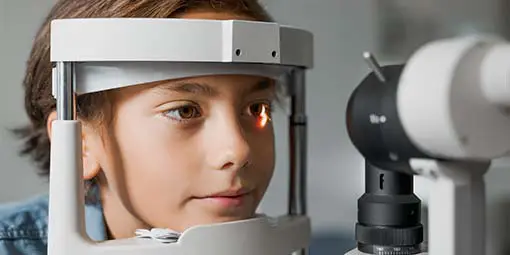
How much is a kids eye exam in Alberta?
Learn what eye care services the Alberta Health Care Insurance Plan covers.
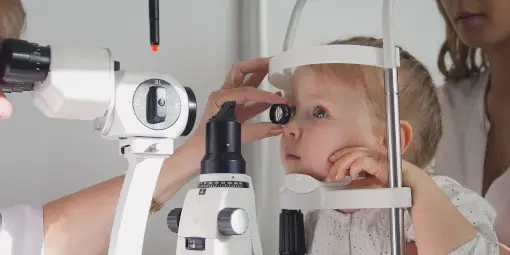
The Importance Of Pediatric Eye Care
Pediatric eye care ensures that your child has a clear path to development.

10 Important Eye Care Tips For Children
Tips for children to keep their eyes healthy and their vision clear.
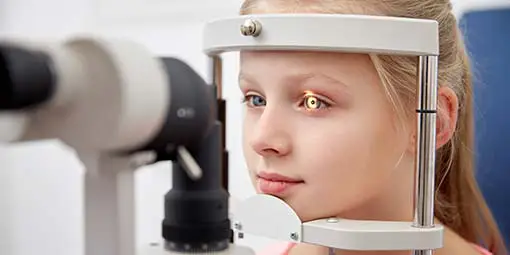
Clear Vision: The Key to Unlocking Academic and Athletic Success For School-Age Children
A clear path to academic success begins with clear vision.
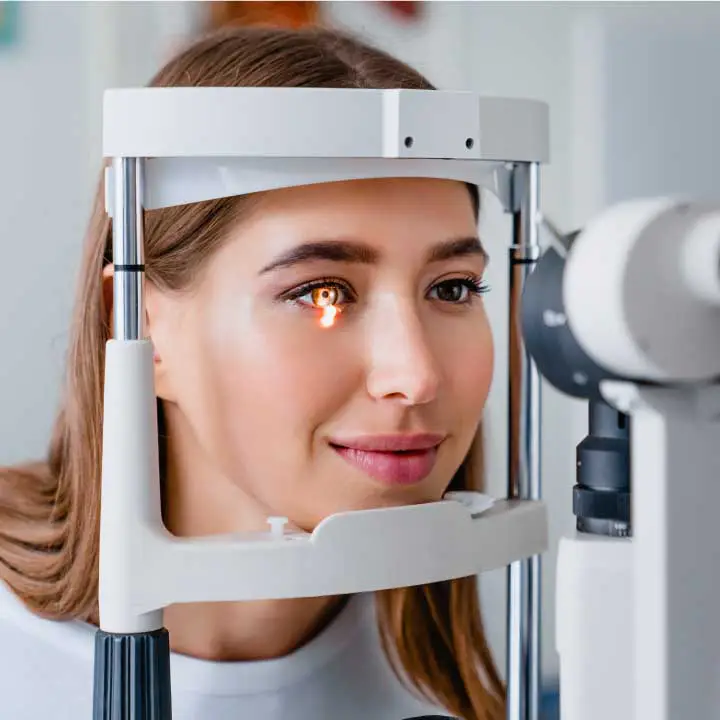
Adult Eye Exams
Our advanced eye exams consist of 25+ modern tests and digital scans to assess eye health, function, and visual acuity.
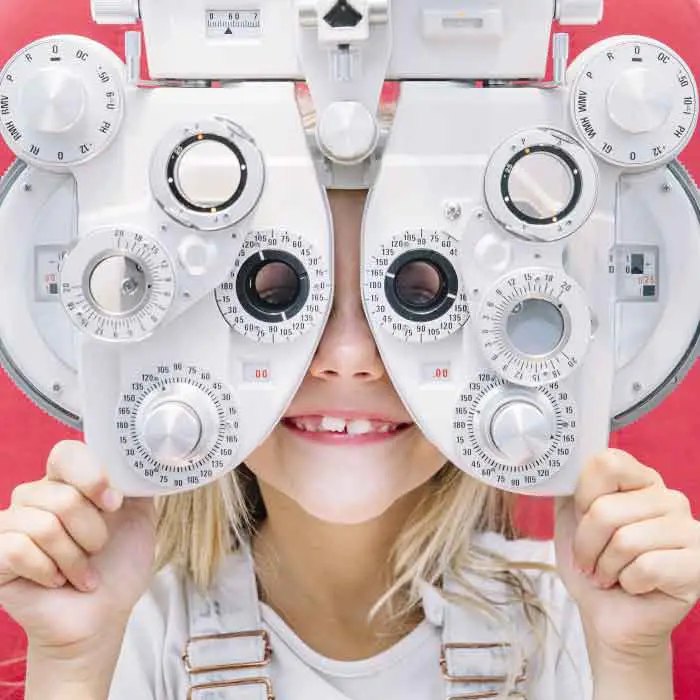
Child Eye Exams
Give your child a clear future with an annual eye exam from our experienced Edmonton optometrists.

Senior Eye Exams
Maintain your vision through your golden years with gold standard eye care from the optometrists at our Edmonton eye clinic.
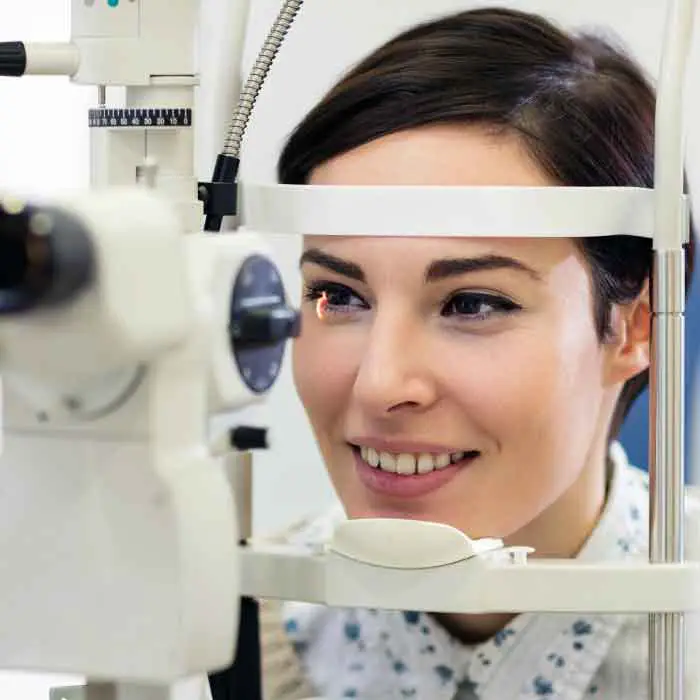
Contact Lens Eye Exams
Our eye exams for contact lens wearers include test and digital scans to assess eye health, function, visual acuity, and lens fit.
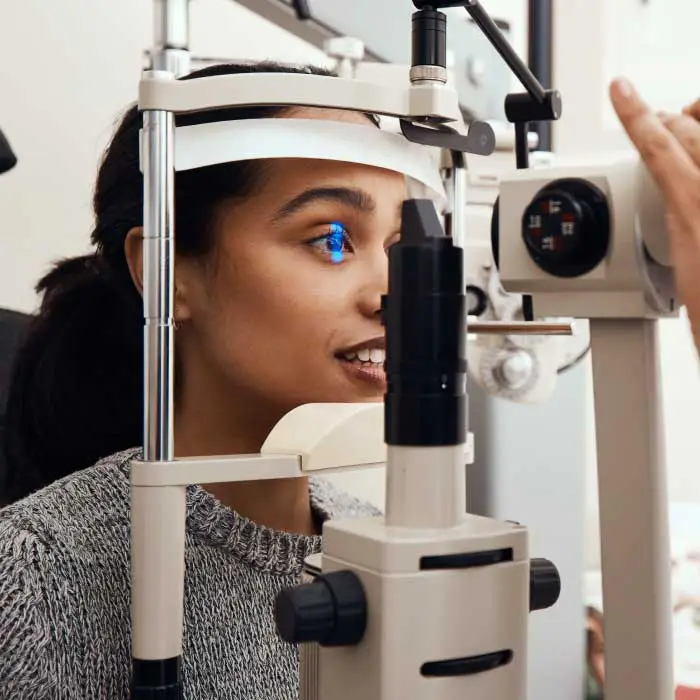
Diabetic Eye Exams
Managing diabetes requires regular eye exams to ensure that diabetes is not causing irreversible vision loss.
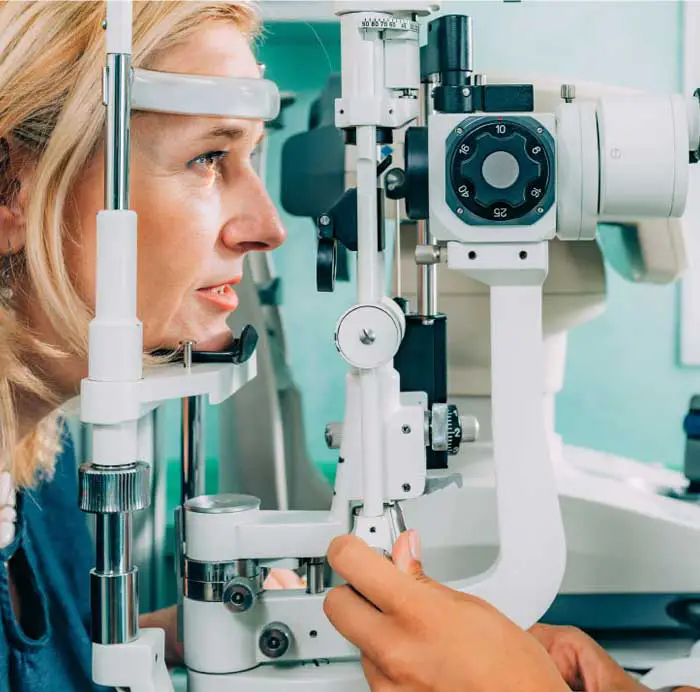
Dilated Eye Exams
Dilating the eyes enables our Edmonton optometrists to see more of the eye so that you many never see less.
Our Edmonton Eye Exams Are Comprised Of 4 Phases Of Evaluation
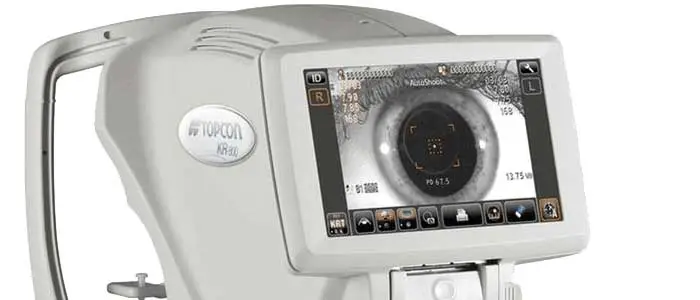
1. Eye Exam Pre-Testing
Corneal Thickness | Intraocular Pressures | Visual Field
Pre-testing is a detailed process that gathers all necessary information for the optometrist in advance of the optometrist-administered eye examination. This process involves completing a detailed patient history, as well as a series of standard tests. Pre-testing is an essential part of the comprehensive eye exam process, providing valuable information and visuals for both the optometrist and the patient.
More About Pre-Testing »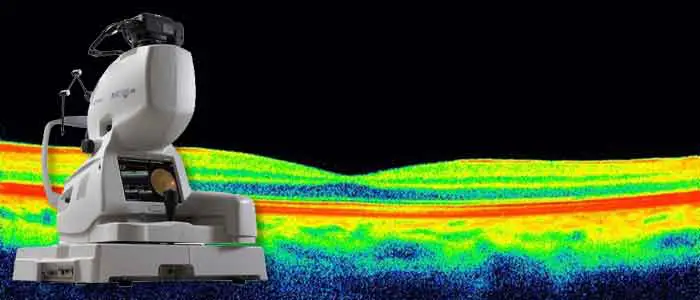
2. Advanced Diagnostic Testing
Retinal Photography, OCT, Topography
eye-deology Vision Care differentiates itself from other clinics by having the most advanced modern diagnostic specialty testing equipment. Specialty equipment, such as a wide-angle high-resolution retinal imager, Optical Coherence Tomography (OCT), Humphrey Visual Field Analyzer and corneal topographer, ensures that patients receive the best comprehensive eye care.
More About Advanced Testing »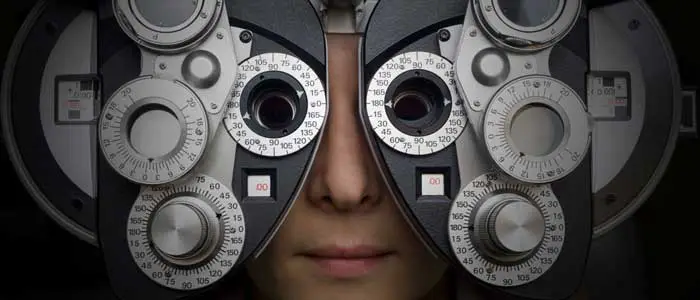
3. Optometrist Examination
Health Assessment & Disease Diagnosis
eye-deology Vision Care Edmonton optometrists perform a multitude of tests and assessments to evaluate ocular health, eye coordination, and visual acuity. In addition, they also evaluate the results of the tests and scans performed during pre-testing. As part of patient education, our optometrists also take the time to show and explain results to patients.
More About Doctor Exam »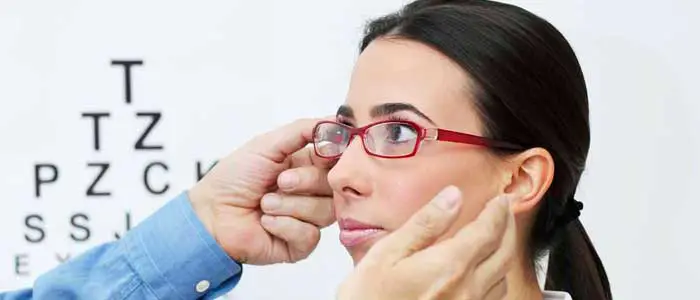
4. Eye Glass Consult
Prescription | Lens Selection | Digital Fitting
If you require corrective lenses to improve your vision, our licensed opticians will customize their fit to your unique attributes, needs, lifestyle, and budget. Our opticians are happy to provide you with information about the latest eyeglass frame and lens technologies available so you can make informed decisions and begin seeing and looking your best.
More About Eyewear Consult »